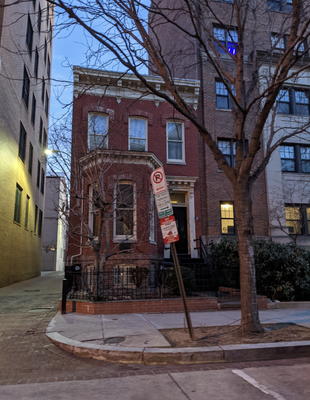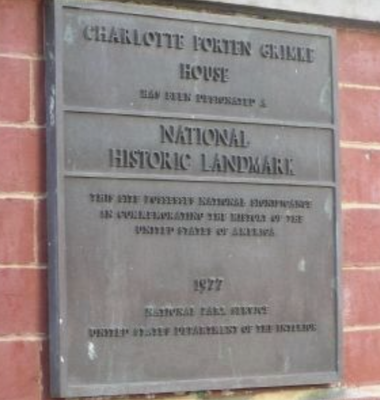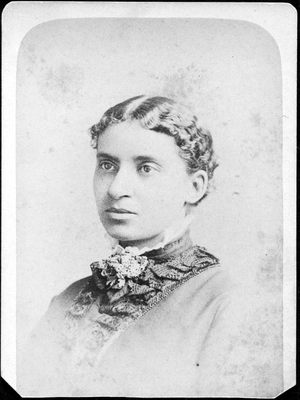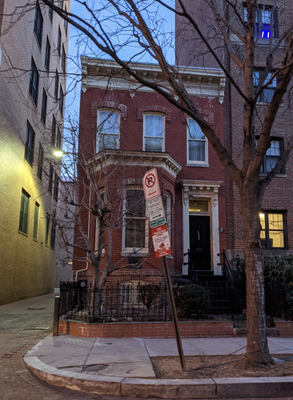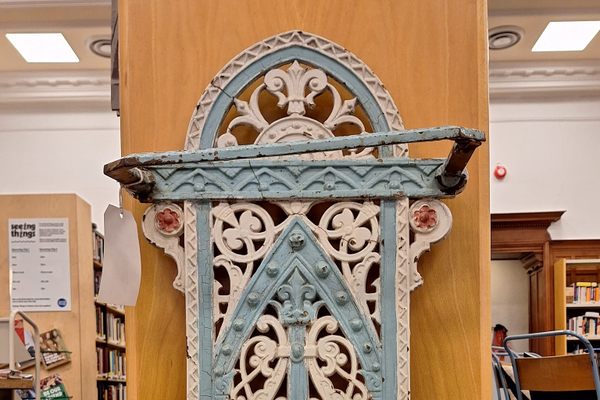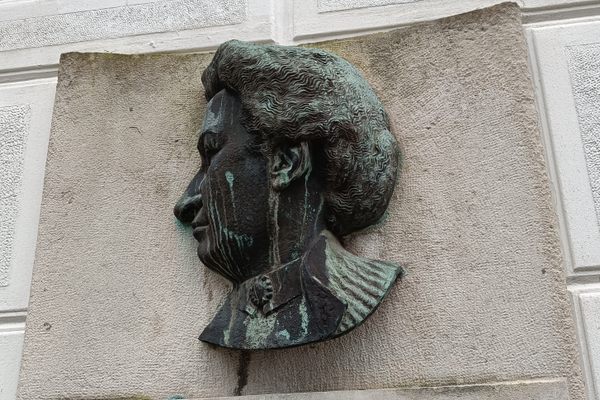About
This two-story brick masonry townhouse was home to abolitionist activist, poet, and educator Charlotte Forten Grimké and her husband, Rev. Francis Grimké, from 1881 to 1885. Charlotte "Lottie" Forten was born in 1837 to Robert Bridges Forten and Mary Virginia Wood, prominent Black abolitionists in Philadelphia.
After her mother's untimely passing in 1840, Forten was raised by her maternal grandmother Edy, and aunt Annie. Edy died in 1846, at which time Annie was adopted by abolitionists Joseph Cassey and Amy Matilda Cassey. Forten spent the next eight years being raised by various members of her paternal family. In 1854, she moved to Salem, Massachusetts, to join the household of Amy Matilda Cassey and her second husband, Charles Lenox Remond, and embarked on a scholastic journey that would shape her future as an educator.
After being the only non-white student in her class of 200 at Higginson Grammar School, she studied literature and education at Salem Normal School to train as a teacher. She went on to teach at Eppes Grammar School, becoming the first Black teacher of white students in a Salem public school.
Later, she was the first Black teacher to join the Port Royal Experiment in which Union leaders sent teachers to the South Carolina Sea Islands to teach formerly enslaved people who has been left behind on plantations following the flight of white landowners during the Civil War.
After spending several years working for the U.S. Treasury, punctuated by a year of teaching at Paul Laurence Dunbar High School, Forten married Francis J. Grimké in 1878. Their one child, Theodora Cornelia Grimké, was born on New Year's Day in 1880 but died five short months later.
Grimké was pastor of the 15th Street Presbyterian Church, a Black congregation in northwest Washington, D.C. She helped her husband to build charitable and educational networks within the community, and they both remained vital and active agents for change.
In 1892, Grimké was a co-founder of the Colored Women's League, and in 1896, she helped to create the National Association of Colored Women. Her husband was active in the Niagara Movement and helped to found the National Association for the Advancement of Colored People in 1909.
Outside of her teaching career, Grimké was an activist and poet, and her writing was published in magazines like The Liberator and The Anglo-African. She was involved in the abolitionist movement and fought for women's rights, including suffrage, until her death in 1914.
Related Tags
Know Before You Go
The Charlotte Forten Grimké House is listed on the National Register of Historic Places.
Community Contributors
Added By
Published
July 28, 2022
